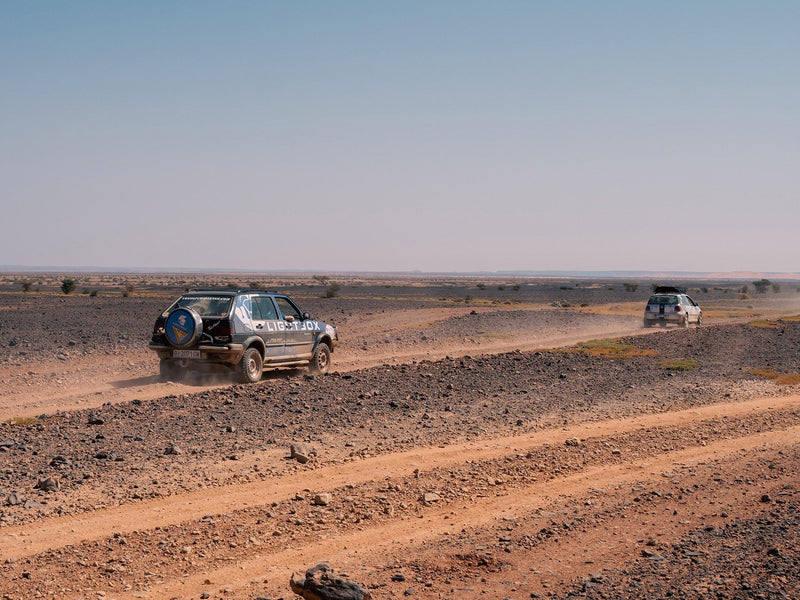With their cheese wedge shapes, mile-wide tires, and beautiful velocity stacks to top their monstrous motors, I’m inclined to say that Can-Am cars are some of the most attractive racers ever built.
If you’re unfamiliar with the Canadian-American Challenge Cup, it was a series that ran through the ’60s to the ’80s, in the United States and Canada, hence the nickname, Can-Am. We were very, very lucky to see these cars tear around Brands Hatch last month at the Historic Festival, and boy, it a fun experience.







So: the cars. These beasts pushed up to 1,500 horsepower in qualifying trim, from colossal high-displacement engines. Thor himself would be proud of the noise of these things. These may have been the rawest, fastest cars to ever race. Think Group B levels of insanity, but without the need to make homologation specials, with the benefit of traction. Lighter, faster, more aerodynamic. Costs inflated to massive levels, with technological advances like ground effect, turbo, and aerospace materials.
And they raced wheel to wheel, unlike your favorite gravel-launching rally car.
Every great name in sports cars was represented, from McLaren, to Porsche, Lola, and Ferrari. Big-name drivers like Jacky Ickx rounded out the final years of the series, while the early days were dominated by legends like Denny Hulme and Bruce McLaren, the latter of whom lost his life while testing a Can-Am racer at Goodwood.





That’s why seeing these cars race at one of the most beautiful, undulating, and importantly, untouched, venues in Europe was such a special moment. You see, the European version of Can-Am, called Interseries, wasn’t quite as successful, or memorable as its stateside counterpart. As a result, few historic events have Can-Am cars on display, let alone racing. Here, to have a sizeable grid of them is a rare thing indeed.
These wedged racers are the perfect reminder of a forgotten era, where limits of possibility and engineering were pushed each weekend.
Hearing the thunderous, massive engines reverberate through the woods before a pack of cars crest over the hill is a sight I won’t forget soon, and neither is the guttural pounding felt when one of these monsters starts up in the pitlane. A bit of suspension of disbelief goes a long way, and it wasn’t hard to image the woods and crests at Brands as those of a circuit like Mid-Ohio and Watkins Glen, or Mosport in Canada. I have a sneaking suspicion that this taster hasn’t quite satiated my appetite for these monsters, however. Perhaps I’ll have to head across the Atlantic to venture into their natural habitat.
Does Can-Am captivate you as much as I think it does?


















































































